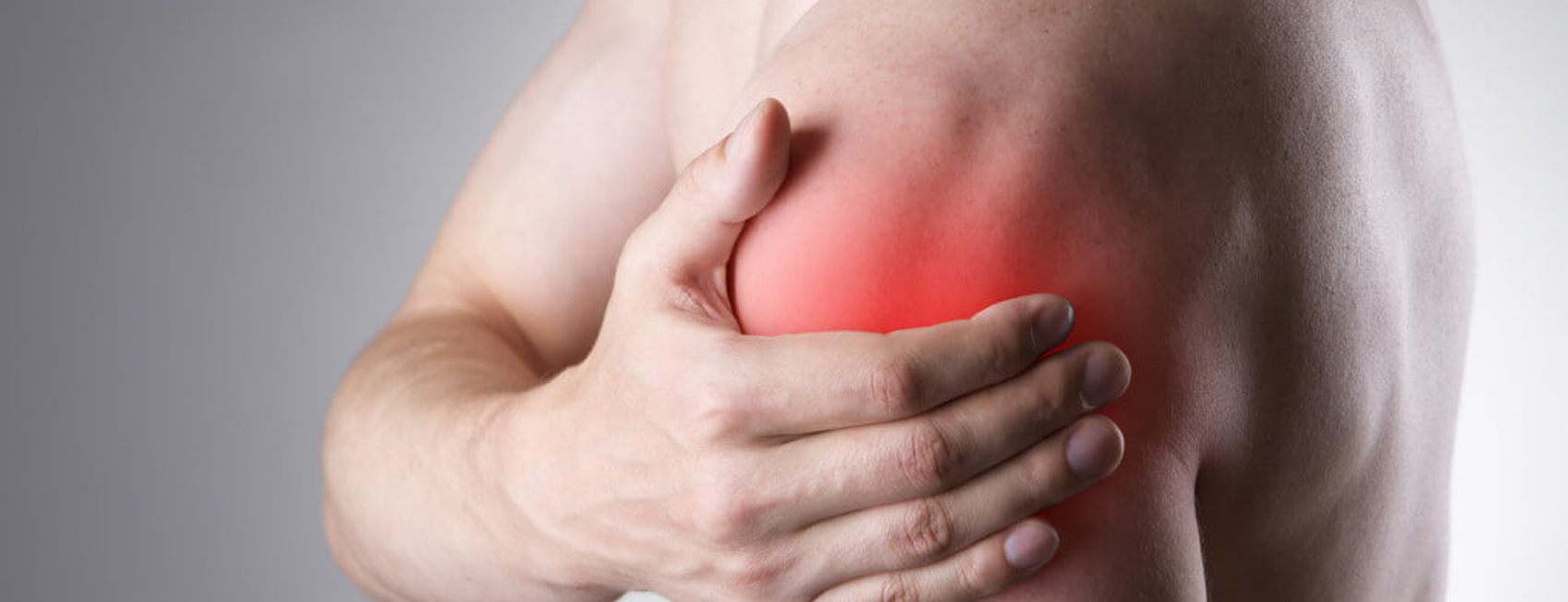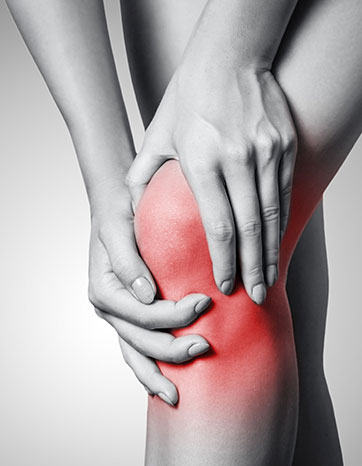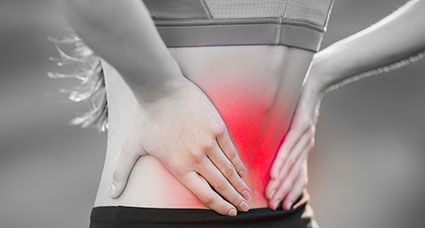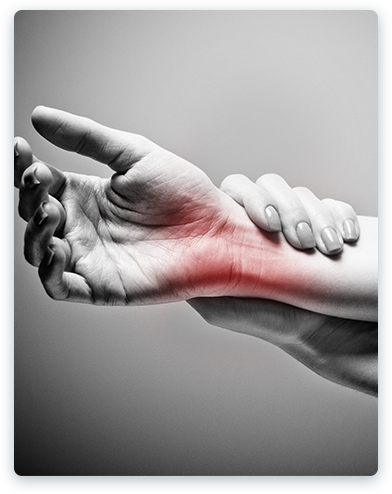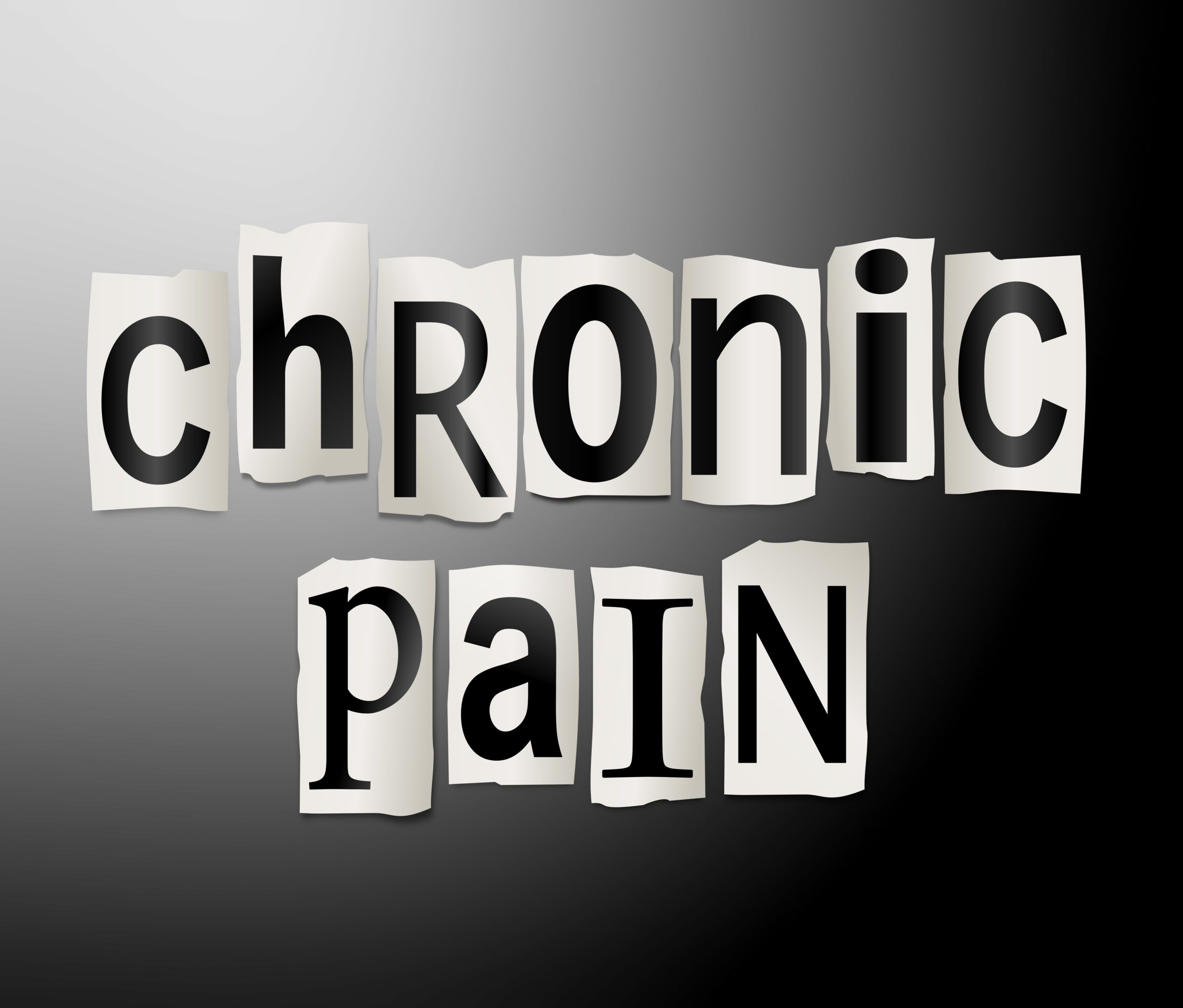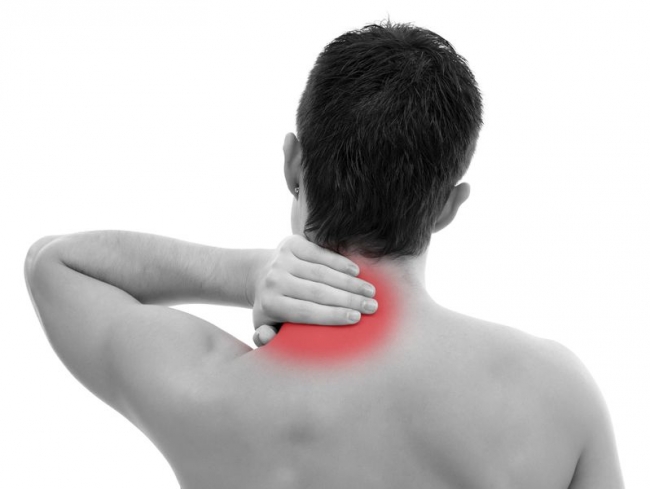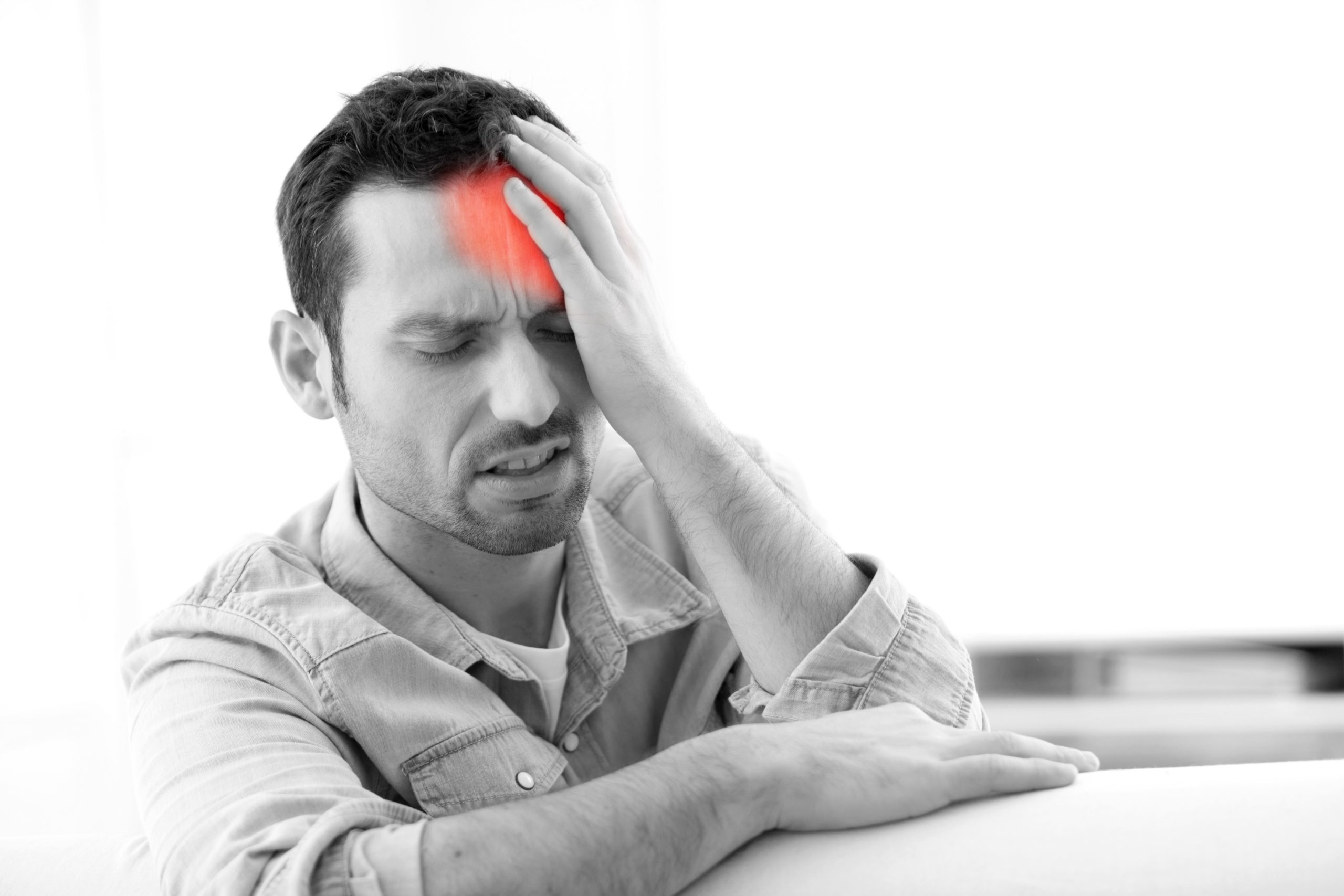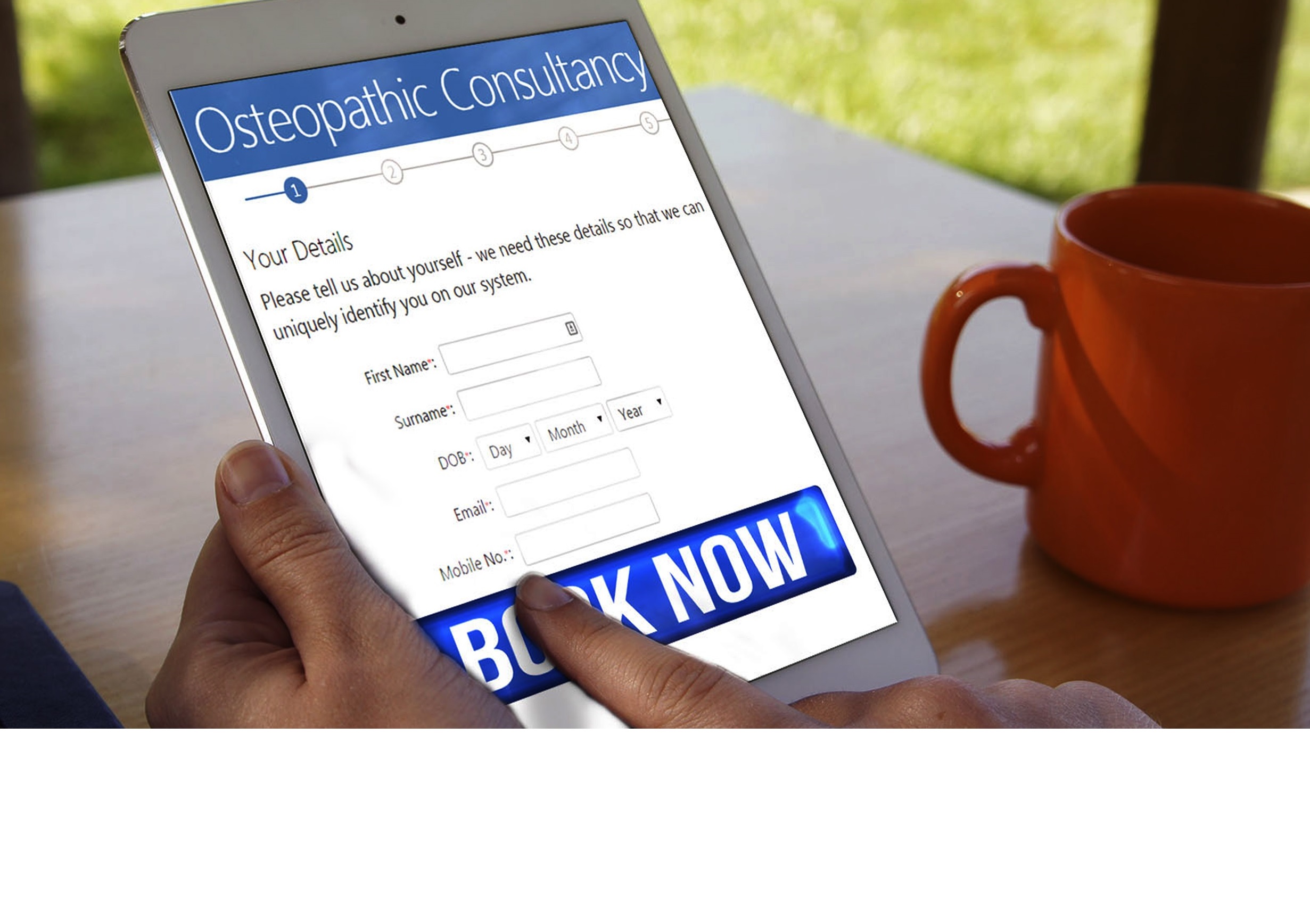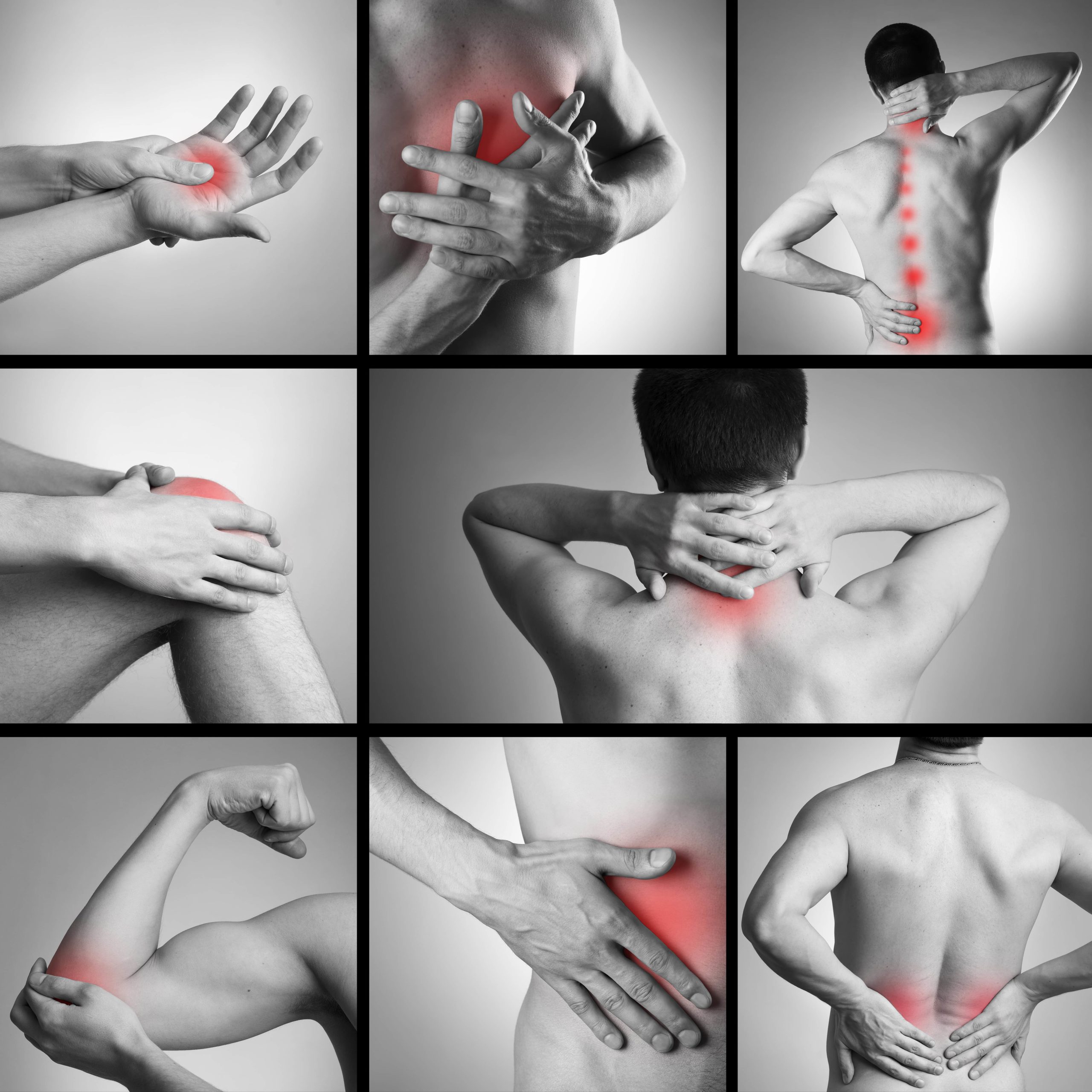Frequently Asked Questions for Osteopathic Consultancy in Camberley
What is Osteopathy?
Osteopathy is an established and highly recognised form of treatment for pain and injury by the British medical profession. Concentrating on the function of the body’s structure, Osteopathy can alleviate pain and suffering caused by either a sports related injury through to the chronic pain of arthritis.
What sports people can you treat?
We have seen so many sports people over the years. Professional football players, Professional golfers, Masters world champion swimmers, International weight lifters, Veteran world champion runners, national and county level basketball, International Sailors, netball players, Black belts in various martial arts, Dancers / Dance teachers, Yoga and Pilates teachers and people that just like to be fit.
- Golfers
- Footballers
- Swimmers
- Runners
- Cyclists
- Basketball
- Sailors
- Netball
- Canoeing
- Cricket
- Hockey
- Weight lifters
- Horse Riders
- Martial Arts
- Athletics
- Gymnastics
- Skiers
- Snowboarders
What does Osteopathy treat?
- Low Back pain/ache
- Spinal pain/ache
- Discal pain
- Trapped nerve
- Sciatica/Lumbago
- Neck pain/ache
- Shoulder Pain/rotator cuff tendonitis/Bursitis
- Low Back pain related to pregnancy
- Carpal Tunnel Syndrome
- Sport’s injuries
- Muscle strains/pulls
- Ligament strains/pulls
- Joint Irritation
- Tension
- Shin Splint
- Calf Pain/Achilles tendonitis/Bursitis
- Metatarsalgia/Fallen Arches
- Coccigeal pain/deviation
- Stress
- Lack of Mobility
What can you expect from your first visit?
The Osteopath will take a full case history, including what you are coming to see us about? How the symptoms have evolved? What makes it better or worse? You will also be asked about your general health. Some questions may seem irrelevant, but we can then include or exclude them in our evaluation of your problem. Then if we find any information that may be clinically relevant, we will expand our questioning. This will allow the Osteopath to begin to evaluate what your problem maybe (diagnosis) and how we may proceed. We will also be considering what might happen in the future (prognosis).
If treatment / examination is applicable, we will then ask you to undress to your underwear (so good sensible underwear is helpful). Then we look at your mechanics and explain what we are finding and how it may be affecting the presenting symptom/s. Then we perform active movements, which are movements of the areas which are affected or associated. E.g. flexing your head forward, backwards, sideways and rotating your head. Then we will perform any tests to clarify the diagnosis (what the problem is) and prognosis (what may happen in the future). Then we can get on with palpating your muscles and joints. At this stage, if we are happy with the diagnosis and it is safe to proceed, we will continue with treatment. We can use our highly developed sense of touch called ‘palpation’ to identify any points of weakness or strain you may be experiencing. We use our hands, not machines, to carry out a variety of treatment techniques which include:
- Soft Tissue. (Like Massage)
- High Velocity Thrust. (Increases the movement of the joints, Cracks and Pops)
- Other Muscle and joint mobility techniques. (Functional, Counterstrain, Muscle energy, PNF)
- Cranial (Very gentle movement of the cranial bones)
These techniques improve the function of the body, reduce inflammation and the pain / aching from muscles and joints. They also calm the nervous system. By the end of the consultation the Osteopath will explain what he / she thinks is causing your symptoms and give you a probable diagnosis and prognosis. Which is what is causing your problem and what may happen in the future. They will also explain other viable options for treatment. Some of these may involve other practitioners, like your GP or specialist. They will also explain any precipitating and maintaining factors for your problem. This is why you have your problem and why it may be continuing to be an issue.
What does the treatment involve?
Treatment is carried out with the permission of the patient and the patient can at any point refuse permission for treatment and this will obviously be respected. In most cases if there is any technique that the patient doesn’t want to be carried out there is an alternative available. But normally with the right information there isn’t a problem.
We will have a chat in the form of an initial consultation or a brief chat if you are returning. We will ask you about your problem and any advice we have given you including stretching and exercise. We then ask you the patient to undress to your underwear. (So good sensible underwear is helpful). Then we look at your mechanics and explain what we are finding and how it may be affecting the presenting symptom/s. Then perform active movements, which are movements of the areas which are affected or associated. E.g. flexing your head forward, backwards, sideways and rotating your head. Then we will perform any tests to clarify the diagnosis and prognosis. Then we can get on with palpating your muscles and joints. At this stage if we are happy with the diagnosis and it is safe to proceed we will continue with treatment. We use our highly developed sense of touch called ‘palpation’ to identify any points of weakness or strain you may be experiencing. We use our hands not machines to carry out a variety of treatment techniques which include:
- Soft Tissue. (Massage)
- High Velocity Thrust. (Increases the movement of the joints)
- Other Muscle and joint mobility techniques. (Functional, Counterstrain, Muscle energy, PNF)
- Cranial (Very gentle movement of the cranial bones)
These techniques improve the function of the body, reduce inflammation and the pain / aching from muscles and joints. They also calm the nervous system.
We explain everything as we go , but we are happy to discuss your treatment at any stage. We feel communication is always the key to making you feel comfortable.
How long does a treatment take?
Initial Consultation – 1hour
The hour will be split into two parts. In the first 15-30 minutes we will discuss your condition and case history. Secondly, if you wish to carry on, we will start with some treatment. If at any stage we feel that further investigation is required we will inform you and normally write a letter on your behalf for you to take to your GP. The last couple of minutes might be used for your questions or to demonstrate stretches.
Standard treatment – 30 minutes
In the first couple of minutes we will discuss your condition and then will carry on with treatment. The last couple of minutes might be used for your questions or to demonstrate stretches.
What if I cannot attend the clinic?
If you cannot attend the clinic we can offer a virtual appointment. These appointments are conducted online from the comfort of your own home. If you are especially in pain and cannot get to us, we may recommend a virtual appointment to get you moving to enable you to attend the clinic. Or if you are too far away from the clinic to attend, we do also offer home visits at an additional cost. Please get in touch if you require this service. We are here to help.
What are your telephone and appointment hours?
Our telephone hours are as follow, and please note: consultations by appointment only.
Monday – Friday: 8am – 6.30pm
Saturday: 8.30am – 1pm
Sunday: Closed
Monday – Friday: 8am – 8pm
Saturday: 9am – 3pm
Sunday: Closed
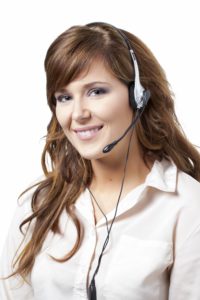
What are the directions to your practice?
What are your contact details?
3 Milden Close, Frimley Green
Camberley
Surrey GU16 6PX United Kingdom
Are you regulated?
Yes, we are regulated by the General Osteopathic Council (GOsC) and are members of the Institute of Osteopathy (iO)
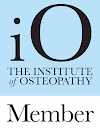
IO – Institute of Osteopathy
Our Osteopaths are all members of the Institute of Osteopathy it gives them the right support to continue to keep up to date, growth and to improve as an Osteopath. They are a vital link to the Osteopathic Community for the clinic and the Osteopaths. We can access continuing professional development (CPD) as a clinic and as Osteopaths.
About the Institute of Osteopathy
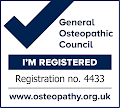
General Osteopathic Council (GOsC)
The General Osteopathic Council is the Osteopaths regulatory standards. These are minimum regulatory standards for Osteopaths in the UK. They require Osteopaths to adhere to a code of conduct. Including confidentiality, how we should treat, what we should treat, patient consent and continuing professional development (CPD)
Our Guarantee
History of Osteopathy
Andrew Taylor Still was born in 1828, Virginia, USA and is the founder of Osteopathy. He trained as a doctor which was the only type of medical education available at the time. As time passed, he did not go down the beaten track with his peers. The practice of administering large quantities of crude drugs and the general use of alcohol from Dr Stills point of view were inappropriate. This led him to search for new treatments for illness, which subsequently developed into his research for the application of physical treatment. This new treatment was the birth of what Dr Still called ‘Osteopathy’.
In 1892 Dr Still initiated a school in Kirksville, Missouri to teach Osteopathy. From here it came to the UK around the turn of the century. In London, 1917, the first school of Osteopathy was founded, and eventually other schools and colleges followed.


